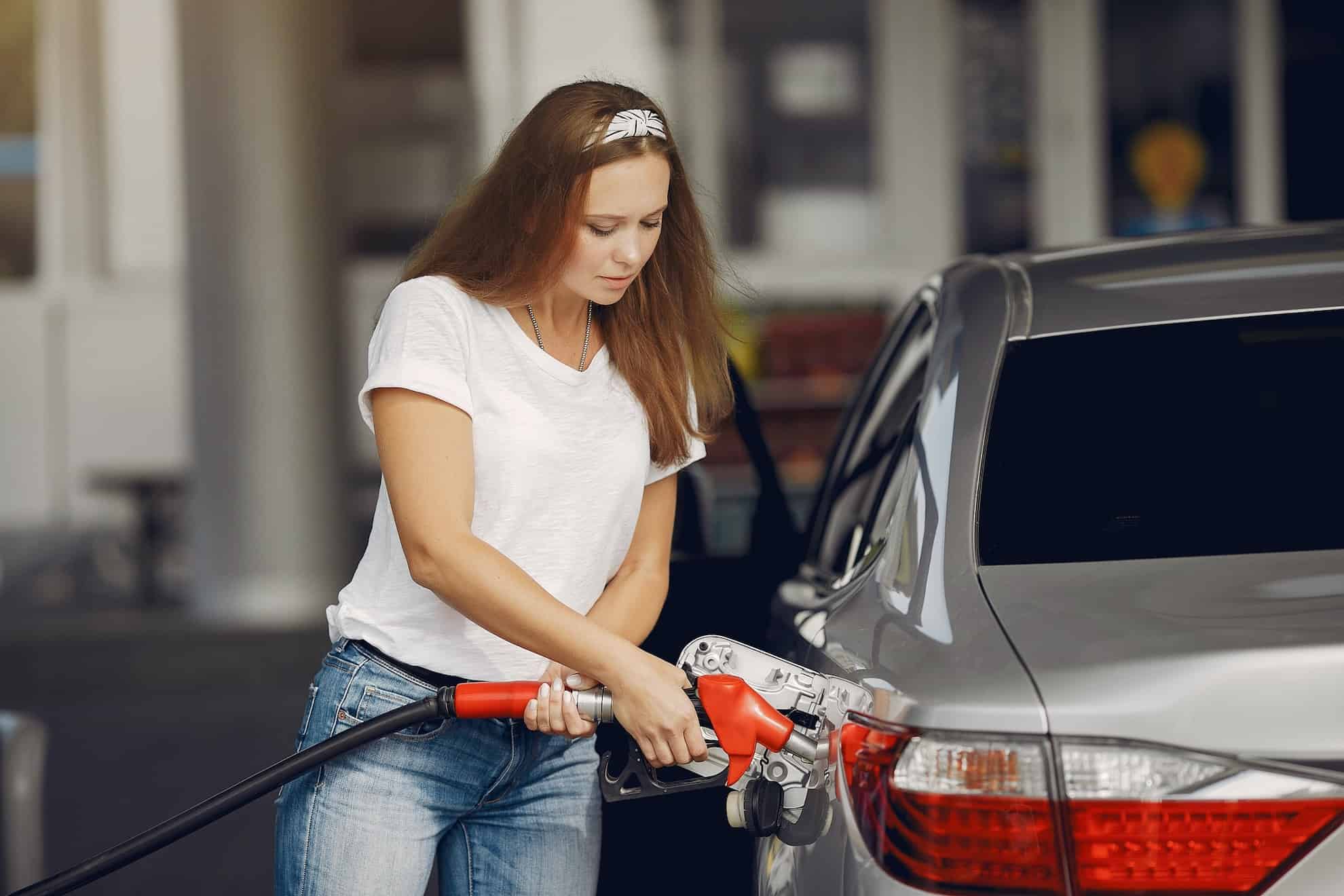If you have ever run out of gas on the road, you most certainly understand the importance of having enough fuel in your vehicle. Unless you are driving a fully electric vehicle, your vehicle’s internal combustion engine requires a fuel source to operate.
So, what happens when you put fuel into your vehicle?
In this blog, we explain how your vehicle’s internal fuel system works and the common problems you may experience when it is not working. We also share some tips on how to maintain your fuel system to keep it working effectively.
Fuel System Function
Let’s start by reviewing in simple terms how your fuel system functions.
- The fuel system starts with your vehicle’s gas tank. The gas tank holds the fuel until it is needed throughout the system.
- The gasoline leaves your tank through the fuel pump, which is designed to pump the fuel from your tank into the fuel lines. Some vehicles may have multiple fuel pumps in order to create a constant flow of fuel. The additional pumps are to increase the fuel pressures for the direct injection systems.
- The fuel pump then pumps fuel into the fuel lines, which are hard metal lines that travel from the tank to your vehicle’s engine. The fuel lines carry the gasoline to your engine and are situated in your vehicle away from exposure and heat.
- Before gasoline reaches your vehicle’s engine, the fuel must pass through a fuel filter. The fuel filter removes any dirt or debris that may have accumulated in your fuel tank or within the gasoline.
- The final stage of the fuel system is the fuel injectors. Controlled by the throttle pressure, the fuel injectors spray the necessary amount of fuel across the combustion chambers. As fuel systems evolved over time, the fuel injection system replaced an older method of creating combustion through the carburetor.
Common Fuel System Problems
Problems can arise within your fuel system at any stage of the process. Next, we review some of the more common problems that you may experience within your fuel system.
| Problem Area | Problem | Warning Signs |
|---|---|---|
| Fuel Pump | Fuel is not able to be pumped from your gas tank to the fuel lines due to malfunctioning or a failed fuel pump. | - Vehicle will not start - Frequent misfires - Random or sudden decrease in power - Clicking or whining noise when the engine is idling |
| Fuel Lines | The fuel lines are exposed to road salt and all the elements of the road so even the best coatings on them are subject to corrosion. If the corrosion is bad enough, it may cause the lines to rupture. | - Ruptured lines will drain fuel from the gas tank - Vehicle will not start |
| Fuel Filter | The fuel filter removes contaminants from the gasoline before entering the fuel injection system. Filters can accumulate dirt and debris and become clogged, restricting the flow of fuel into the injection system. | - Poor responsiveness when depressing the gas pedal - Vehicle will not start |
| Fuel Injector | The fuel injector may become dirty over time or even malfunction. | - Lower gas mileage/higher fuel consumption - Poor emissions - Difficulty starting the vehicle |
Like any other components in your vehicle, the fuel system is susceptible to wear and tear. If you experience any of the warning signs related to how your vehicle performs when depressing the gas pedal, it may be an early sign that your system is malfunctioning.
The good news is that you do not have to wait until your fuel system fails in order to keep it running smoothly.
Ways to Maintain Your Fuel System
As a vehicle owner, you can follow a few simple maintenance tips to help maintain your fuel system.
- Try to keep your vehicle’s fuel level above 1/8 in the tank for extended periods of time. The fuel pump is cooled by being immersed in fuel which improves the life expectancy of the pump.
- Always use the recommended fuel grade for your vehicle by the manufacturer. For example, if it was engineered for 91 octane you will get the best performance and fuel economy.
- Include a fuel filter change in your periodic maintenance schedule.
- Consider adding fuel system cleaners occasionally to your fuel tank (check with your owner’s manual for specific information).
If you have concerns or issues with your vehicle’s fuel system, give the service professionals at Shade Tree Garage a call. We can discuss your options for repair and schedule an appointment for a full inspection of your vehicle’s fuel system.

